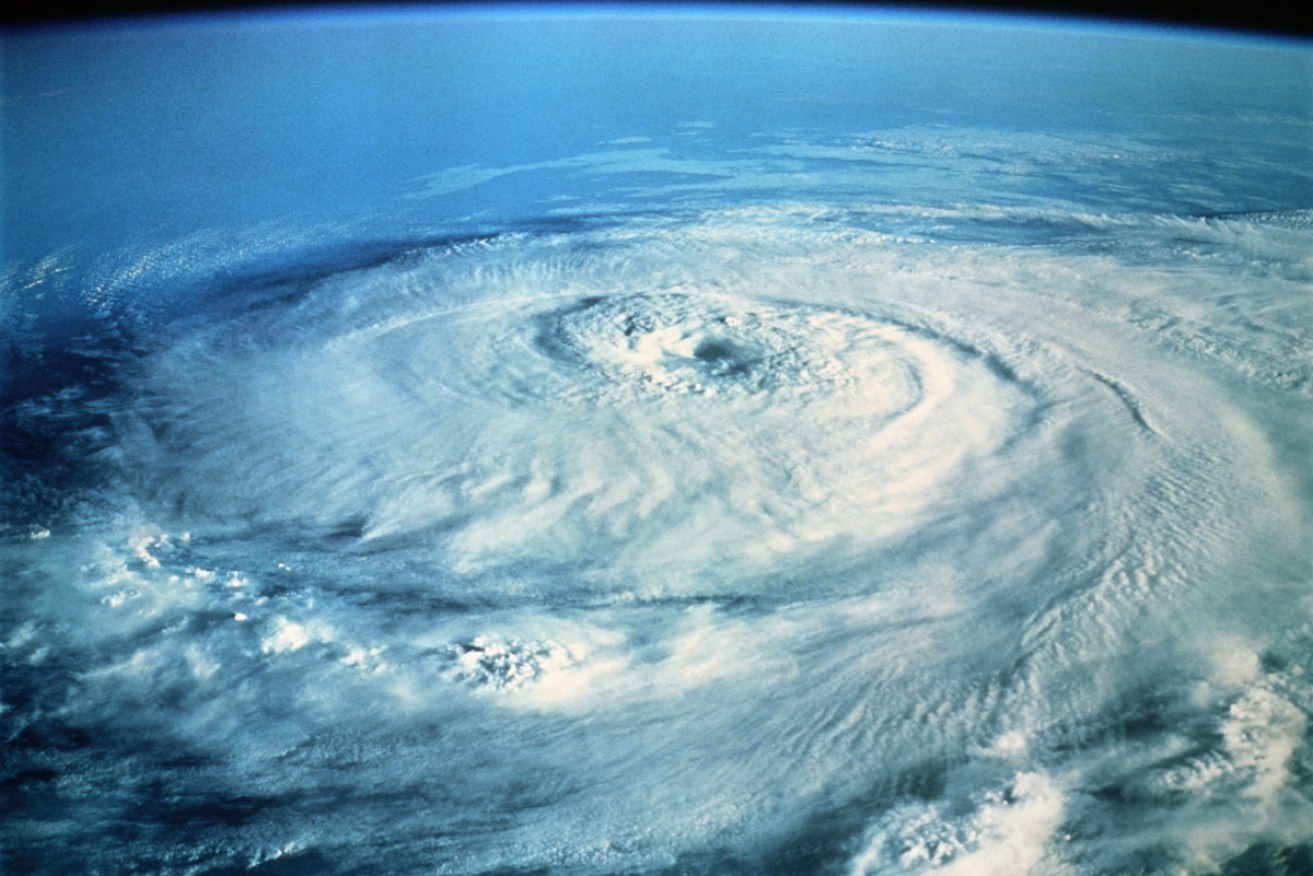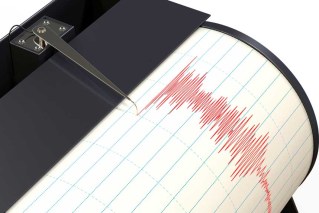Climate predictions coming true: Hurricanes getting stronger, heat is getting wetter


Evidence suggests that the global warming has lifted the odds of hurricanes blowing harder. Photo: Getty
An analysis of satellite images collected over 40 years has shown that a warming climate is causing hurricanes to blow harder.
The researchers found that “in almost every region of the world where hurricanes form, their maximum sustained winds are getting stronger.”
As the ocean warms, there is more energy available to drive these storms. The analysis found that the odds of a hurricane building to Category 3 or higher (with sustained winds greater than 180 kilometres an hour) is increasing by about eight percent a decade.
The research was led by Dr James Kossin, an atmospheric research scientist with the National Oceanic and Atmospheric Administration (NOAA), and the Center for Weather and Climate, at the University of Wisconsin-Madison.
The findings matched predictions
In a prepared statement, Dr Kossin said the analysis matched up with long-held predictions of how climate change would impact tropical storms.
“Through modeling and our understanding of atmospheric physics, the study agrees with what we would expect to see in a warming climate like ours,” he said.

Dr James Kossin, atmospheric research scientist, has been investigating the impact of climate change on hurricane intensity and range. Photo: Bryce Richter /UW-Madison
The study included global hurricane data from 1979-2017, and deployed the CIMSS Advanced Dvorak Technique, an analysis tool that relies on infrared temperature measurements from geostationary satellites to estimate hurricane intensity.
Dr Kossin has previously shown that tropical cyclones are travelling farther north and south, “exposing previously less-affected coastal populations to greater risk.”
In 2018, he demonstrated that hurricanes are moving more slowly across land due to changes in Earth’s climate.
“This has resulted in greater flood risks as storms hover over cities and other areas, often for extended periods of time,” he said.
“Our results show that these storms have become stronger on global and regional levels, which is consistent with expectations of how hurricanes respond to a warming world.”
Dr Kossin noted that while his research has increased confidence that global warming has made hurricanes stronger, “our results don’t tell us precisely how much of the trends are caused by human activities and how much may be just natural variability.”
Hate the humidity? It’s starting to hate you back
Another climate-change prediction was that tropical and subtropical air would eventually become wetter, as well as extremely hotter. It was thought that by the end of the century, humans would be experiencing heat and humidity levels rarely if ever suffered previously.
“Such conditions would ravage economies, and possibly even surpass the physiological limits of human survival,” the researchers said in a prepared statement from the Earth Institute at Columbia University
New research finds that these conditions are already appearing.
The study identified “thousands of previously rare or unprecedented bouts of extreme heat and humidity in Asia, Africa, Australia, South America and North America.”
Along the Persian Gulf, researchers spotted “more than a dozen recent brief outbreaks surpassing the theoretical human survivability limit.”
The outbreaks have so far been confined to localised areas and lasted a few hours, the researchers say — but they are increasing in frequency and intensity.

Dr Colin Raymond’s research focuses on how weather systems interact with geographical features to produce climate extremes. Photo: Colin Raymond
‘”Previous studies projected that this would happen several decades from now, but this shows it’s happening right now,” said lead author Colin Raymond, in a prepared statement. Dr Raymond did the research as a PhD. student at Columbia University’s Lamont-Doherty Earth Observatory.
“The times these events last will increase, and the areas they affect will grow in direct correlation with global warming.”
In a paper published at Science Advances, the authors write: “Humans’ ability to efficiently shed heat has enabled us to range over every continent, but a wet-bulb temperature (TW) of 35°C marks our upper physiological limit, and much lower values have serious health and productivity impacts.
“Climate models project the first 35°C TW occurrences by the mid-21st century. However, a comprehensive evaluation of weather station data shows that some coastal subtropical locations have already reported a TW of 35°C and that extreme humid heat overall has more than doubled in frequency since 1979.”
The researchers say that prior climate studies failed to recognize most past incidents because climate researchers usually look at averages of heat and humidity measured over large areas and over several hours at a time.
Mr Raymond and his colleagues instead “drilled directly into hourly data from 7,877 individual weather stations, allowing them to pinpoint shorter-lived bouts affecting smaller areas.”
So where’s the danger?
The researchers provide a neat explainer as to why humidity is wrecking:
It worsens the effects of heat because humans cool their bodies by sweating; water expelled through the skin removes excess body heat, and when it evaporates, it carries that heat away.
The process works nicely in deserts, but less well in humid regions, where the air is already too laden with moisture to take on much more.
Evaporation of sweat slows. In the most extreme instances, it could stop. In that case, unless one can retreat to an air-conditioned room, the body’s core heats beyond its narrow survivable range, and organs begin to fail.
Even a strong, physically fit person resting in the shade with no clothes and unlimited access to drinking water would die within hours.
“It’s hard to exaggerate the effects of anything that gets into the 30s,” said Mr Raymond.








